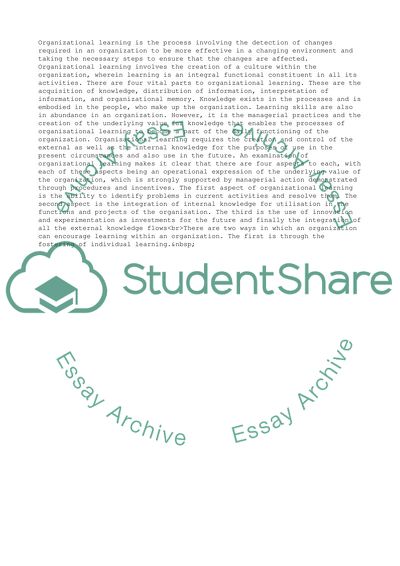Cite this document
(Organization Learning and Development in Business Environment Essay, n.d.)
Organization Learning and Development in Business Environment Essay. Retrieved from https://studentshare.org/business/1706878-learning-organisation-and-organisational-development
Organization Learning and Development in Business Environment Essay. Retrieved from https://studentshare.org/business/1706878-learning-organisation-and-organisational-development
(Organization Learning and Development in Business Environment Essay)
Organization Learning and Development in Business Environment Essay. https://studentshare.org/business/1706878-learning-organisation-and-organisational-development.
Organization Learning and Development in Business Environment Essay. https://studentshare.org/business/1706878-learning-organisation-and-organisational-development.
“Organization Learning and Development in Business Environment Essay”, n.d. https://studentshare.org/business/1706878-learning-organisation-and-organisational-development.


